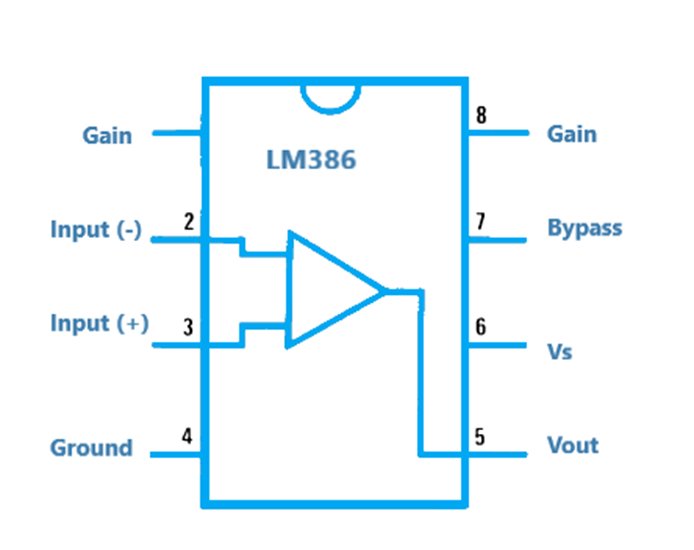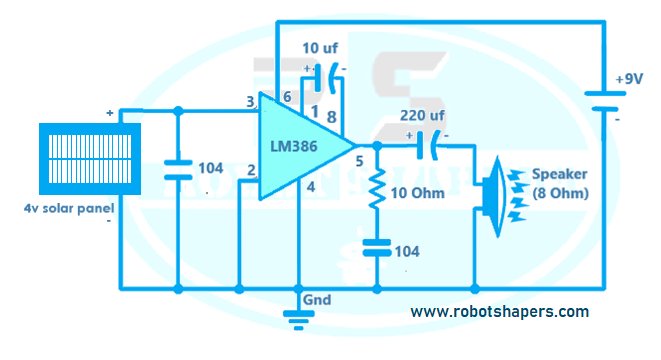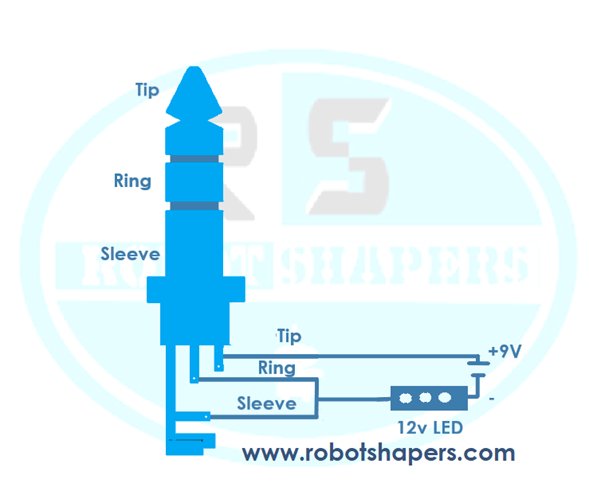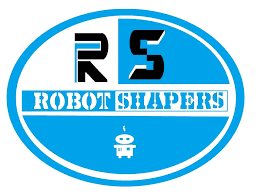Light Fidelity (Li-FI ) Audio Amplifier
Welcome to Robotshapers, where cutting-edge technology meets amplified connectivity. Our company, found at robotshapers.com, is revolutionizing the way you experience wireless communication with our groundbreaking Light Fidelity (Li-Fi) Audio Amplifier.
Light fidelity (Li-Fi) is wireless communication that uses light waves to transmit data. It works by adjusting the intensity of the light emitted by the LED lamp at a very fast rate, which is then received and determined by the receiver. Li-Fi has many advantages over RF-based communications, including higher data transfer rates, improved security, and immunity to electromagnetic interference.
Light fidelity (Li-Fi)uses visible light, providing data transfer rates of up to several gigabits per second for fast and efficient wireless communication. It is especially suitable for indoor spaces where LED lighting is common, such as offices, hospitals and museums. In addition, Li-Fi technology provides better security because light signals do not penetrate opaque materials, making data difficult to capture. It also integrates with existing wireless technologies such as Light fidelity (Li-Fi), Wi-Fi, providing interoperability and reducing congestion in crowded areas.
While Light fidelity (Li-Fi) has great potential, it also has limitations. It must have a direct line of sight between the transmitter and receiver, limiting its range and effectiveness. However, Li-Fi's unique properties make it a promising technology for future communication and can transmit data to multiple locations.
Components required:
- 3mm Audio jack
- 4v solar panel
- LM386IC
- 220uf capacitor
- 10 uf capacitor
- Ceramic capacitor 104(2nos)
- 8 Ohm speaker
- 9V Battery
LM386 IC:
The LM386 is a widely used audio amplifier integrated circuit (IC) designed to produce low noise. It is a versatile and useful IC often used in audio applications such as portable devices, radios, intercom systems and small audio systems. Here are some key details about the LM386:

Pin Configuration: The LM386 IC is usually included in an 8-pin DIP (Dual Inline Package) or SOIC (Small Outline Integrated Circuit) package. Pins are labeled as follows:
Pin 1: Gain (gain pin can be bypassed to adjust gain)
Pin 2: Input (-) (audio signal input)
Pin 3: Input(+) (Ground or bad connection)
Pin 4: Ground
Pin 5: Output
Pin 6: Vcc (Supply Voltage)
Pin 7: BYPASS (BYPASS pin for internal amplifier bias) pin for internal amplifier bias) Pin 8: Gain
Amplification: LM386, 46dB' It is designed to provide a voltage gain of up to The gain can be adjusted by connecting a resistor and capacitor between gain (pin 1) and ground (pin 3) or by bypassing the gain pin.
Power Supply: The LM386 works on a wide variety of power supplies, mostly between 4V and 12V. The positive terminal (pin 5) is connected to the positive terminal of the power supply, while the negative terminal (pin 3) is connected to the negative terminal or ground.
External Components: The LM386 requires several external components to function properly, including capacitors for isolation and bypass, resistors for control, and feedback for stability.
Output Stage: The LM386 has an integrated output stage that can supply enough power to directly drive small speakers or headphones. Eliminates the need for a timing isolation amplifier.
Low Static Current: The LM386 has low quiescent current, making it suitable for battery applications where power consumption is critical.
Thermal Shutdown Protection: The IC is equipped with thermal protection to prevent overheating and damage the device at high temperatures. The LM386 is known for its simplicity, low cost and ease of use, making it a popular choice for expansion in many electronic applications. It provides a simple solution to amplify music with minimal external device and power requirement.
Circuit diagram:

As an input connector we must have seen a pin that connects in a hole. The below image is connections of 3mm audio jack.

Applications:
Light Fidelity (Li-Fi) has many applications in various industries. Some important uses of Li-Fi are:
- Wireless Internet Access: Li-Fi can provide high-speed Internet access in areas where traditional Wi-Fi networks encounter problems such as power failures or emergencies.
- Indoor Positioning and Navigation: Li-Fi can be used in indoor positioning and navigation to accurately track people or objects in the home. This can be used in areas such as logistics, healthcare and retail.
- Smart Lighting and Energy Efficiency: By integrating Li-Fi with smart lighting, it is possible to control and adjust the light according to the house or day, saving energy and good effect.
- Data Security: Li-Fi's security features make it suitable for applications where data privacy is important, such as military communications, business finance, and sharing secure information.
- Augmented Reality (AR) and Virtual Reality (VR): Li-Fi can enhance AR and VR experiences by providing high-bandwidth and low-latency wireless connectivity for seamless streaming and interaction in an immersive environment.
- Internet of Things (IoT) connectivity: Li-Fi can be a reliable communication device to connect IoT devices, support data exchange and smart home control, smart city and business automation.
Best projects in Bhiliai, Chhattisgarh, India. Contact : 7067150002

 robotshapers1
robotshapers1 



















